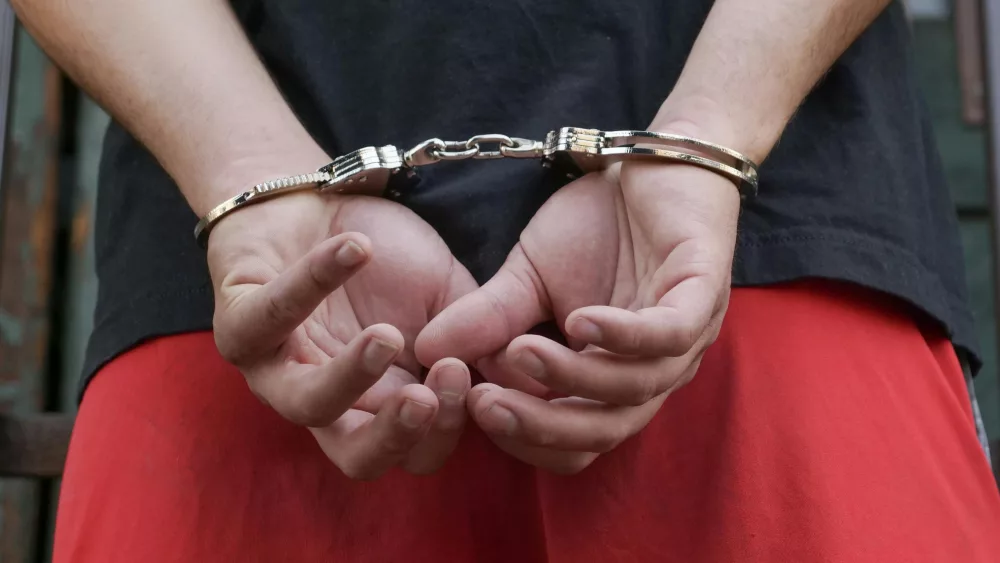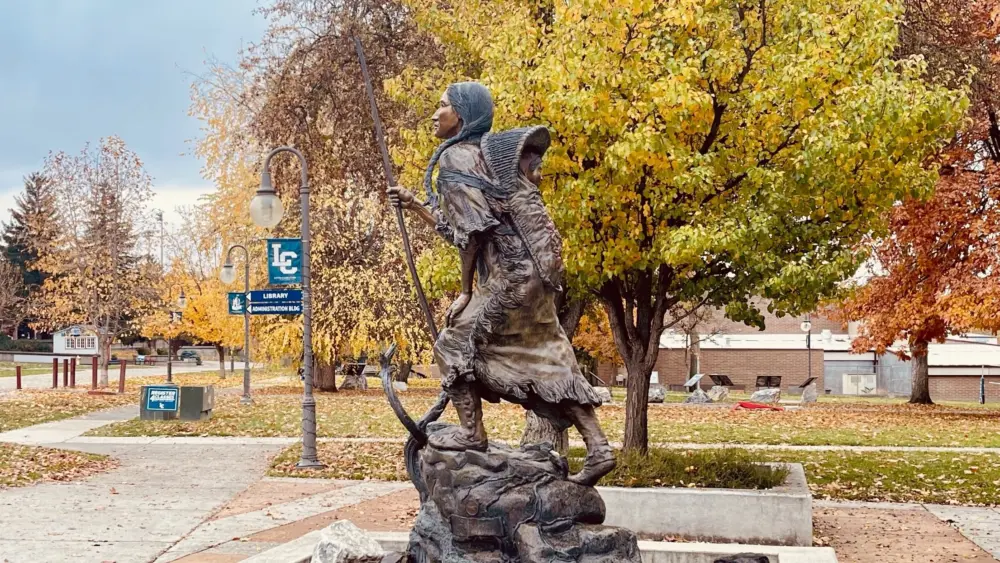(OLYMPIA, WA) Gov. Jay Inslee entered office a dozen years ago vowing to not raise taxes as Washington emerged from a devastating recession during which state programs and services were slashed to make ends meet.
Now, with the end of his third term only about a month away, the outgoing Democrat is calling for a new tax on the state’s wealthiest residents and a higher tax on businesses. It’s his solution to bridging the state’s looming multi-billion dollar shortfall without another round of drastic cuts.
“We invest in our people. We don’t leave people behind and [most] importantly, we don’t go backwards,” he told reporters Tuesday as he released details of the final budget he will send to legislators.
That plan outlines $79.5 billion in spending in the next two-year operating budget — an increase from $69.8 billion in the current budget cycle. The total does not include spending on transportation or construction projects covered in two separate budget plans.
The governor’s proposal would maintain existing levels of most state services and provide cost-of-living increases for tens of thousands of unionized state employees.
To balance spending with expected revenue, Inslee proposed cutting some programs and delaying others, tapping into the state’s rainy day savings account and sweeping part of the surplus of one of the state’s legacy pension plans.
“I know some people who won’t like this budget,” Inslee said. “This is a starting point for discussion.”
Republicans, who are in the minority in both chambers of the Legislature, were quick to slam Inslee’s plan. Sen. Chris Gildon, the top Republican on the Senate Ways and Means Committee, criticized the tax-and-spend approach.
“Let’s be clear: there is a deficit ahead, but it’s caused by overspending, not by a recession or a drop in revenue,” Gildon said in a statement. “When the cost of doing business goes up, consumers feel it too. His budget would make living in Washington even less affordable.”
Lawmakers and the next governor, Bob Ferguson, will consider Inslee’s proposal when the 2025 session begins Jan. 13.
Raising revenue
To erase most of the shortfall, estimated to be as high as $16 billion over the next four years, Inslee called for a new “wealth tax” to generate as much as $3.4 billion in the next biennium and $10.3 billion over four years.
His proposal would levy a 1% tax on an individual’s wealth above $100 million. This would cover an array of assets, including cash, bonds and stocks. Inslee estimated the tax could apply to about 3,400 people.
It goes further than an idea pushed by Democratic lawmakers last session. That bill imposed a 1% tax on intangible assets above $250 million and would have affected an estimated 700 people.
Inslee acknowledged that taxes “are not considered happy news for anybody.” But he said this “fairly modest” one on the incomes of extraordinarily wealthy people will enable the state to continue serving those struggling to afford necessities like food and housing.
The governor’s business and occupation tax changes will occur in two phases.
Businesses making over $1 million a year in a tax category dubbed “service and other activities” would pay a 20% surcharge from October 2025 until December 2026. The surcharge goes away in January 2027. However, at that time, all business and occupation tax rates would be increased by 10%.
Inslee estimates the business and occupation tax changes would net $1 billion in the biennium and $2.6 billion over four years.
Inslee siphons large sums from two places to complete his plan.
He’s penciled in $1.6 billion from the state’s Budget Stabilization Account, better known as its rainy day fund. That seems unlikely. It takes a supermajority vote in each chamber of the Legislature to tap the fund when there is no declared state of emergency or economic slowdown. This would require support from Republicans who oppose the idea.
The governor has also swept $1 billion from a surplus in the Law Enforcement Officers’ and Fire Fighters’ retirement system known as LEOFF 1. This pension plan is available to law enforcement officers and firefighters hired before Oct. 1, 1977. Inslee said the move will not alter anyone’s benefits.
Get out the scissors
Inslee’s proposal accounts for about $2 billion in cuts and savings.
A big budget saver is pausing bonuses that teachers receive if they’ve gotten certification from the National Board for Professional Teaching Standards. For this school year, those bonuses were $6,324. That pause saves the state about $151 million.
Inslee also proposes delaying the expansion of child care slots and subsidies for low-income families planned under the 2021 Fair Start for Kids Act.
Starting in the 2026-2027 school year, the Early Childhood Education and Assistance Program was supposed to become an entitlement program, guaranteeing access to families below a certain income. Inslee’s proposal delays that expansion to the 2030-2031 school year. That delay would save the state about $146 million through 2027.
Under Fair Start, the Working Connections Child Care subsidy program is supposed to expand eligibility to families with up to 75% of the state median income starting next July. Inslee’s proposal delays that expansion to 2031. That delay would save the state $119.5 million through 2027.
Another notable cut is closing the Mission Creek Corrections Center for Women, a minimum-security prison in Belfair, south of Bremerton. Shuttering the facility will result in $15.3 million of savings for the state.
The governor’s office says the facility has seen a “rapid decline” in residents, specifically those with low-level drug offenses, leading to excess capacity. Once the facility closes, likely by the end of 2025, those living there will move to a reopened unit at the Washington Corrections Center for Women, located in Gig Harbor.
Inslee also proposes closing two residential habilitation centers at Rainier School and Yakima Valley School by 2027. These centers provide care for people with developmental and intellectual disabilities. Those closures would save about $18 million.
And still more spending
Although there are cuts and savings, there’s also new spending sprinkled throughout Inslee’s plan. Not as much as his last budget, but an increase nonetheless.
There is $2.6 billion for collective bargaining agreements with state employees. That funding covers 32 agreements that pay for general wage increases, targeted pay hikes for areas with recruitment challenges, and health care premiums.
There’s $33 million for a new juvenile detention facility at Stafford Creek Corrections Center. Inslee announced his intention to open a new facility on the campus of the Aberdeen prison last month. It would house 48 men and help ease overcrowding at Green Hill School where the population has exceeded safe capacity for months.
And there’s $255 million to backfill a drop in collections from the state’s document recording fee, which pays for homelessness services. That money would go toward grants to provide housing services for homeless youth, help preserve affordable housing and provide support for homeowners facing foreclosure.
The budget also covers many smaller expenses, like $5 million for safety at 2026 soccer World Cup games in Seattle, $3 million to improve accessibility at state buildings and parks, $20 million to close a gap in funding for crime victims and $25 million to assist immigrants who do not qualify for federal refugee resettlement services.
This story first appeared on Washington State Standard.




